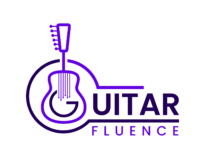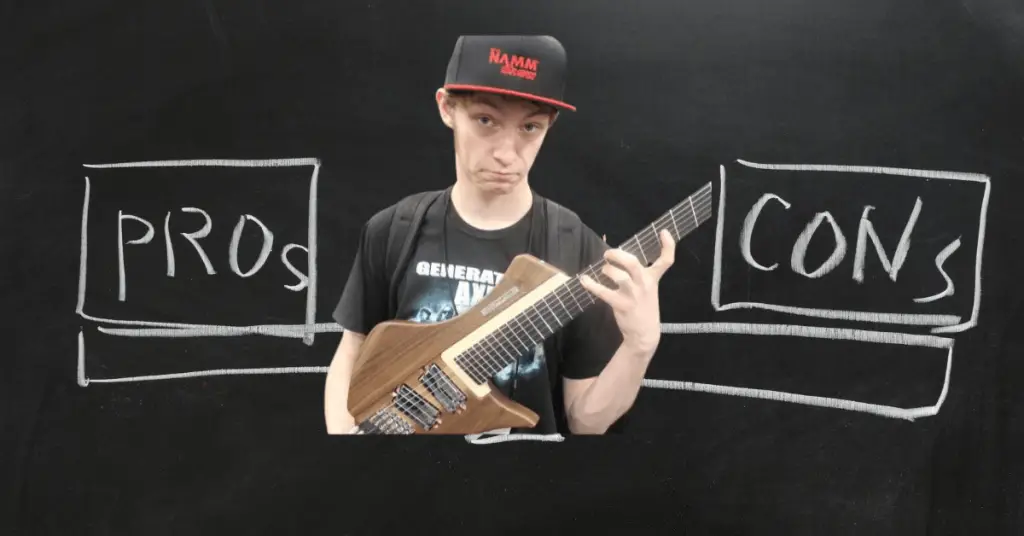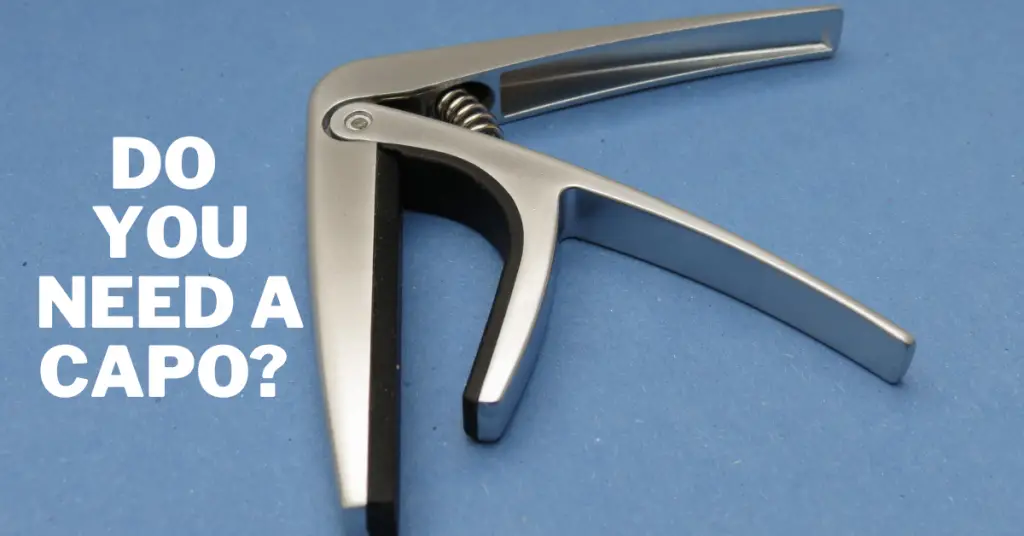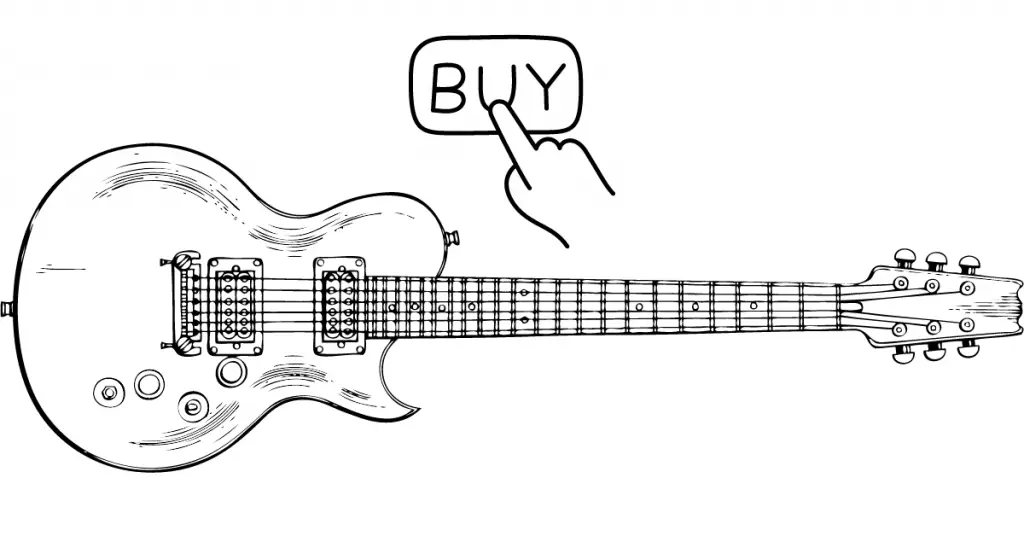Are you looking to swap out your standard scale length guitar for a multiscale?
If so, you better check out this list of multiscale guitar pros and cons, and make sure a multiscale guitar is right for you!
Let’s dive in.
Table of Contents
Simple Research Study
Before writing this post I decided to ask a Facebook group for their input on the pros and cons of multiscale guitars.
They had a lot to say, and you can check out that post here, in the Extended Range Guitar Nerds Facebook Group.
Let’s look at what they had to say:
“Rly the only major con is replacing pickups“
“It can be painful to play on the first fret depending on the neutral fret position or if the fan is too extreme“
“Multiscale’s best feature on an 8 IMO is that the high strings will sound much better and less brittle for leads. You can get the benefit of like a 28″ scale on the low strings without the cons of that long a scale on the high strings.’
“Tension. The longer you extend the scale length, the lower you can tune without having to grab thicker gauge strings. Keeping the upper strings at a shorter scale length makes playing leads easier and avoids stretching out the distance between frets for those strings.“
“Better string tension and intonation; I’ll never go back“
“As someone who has spent most of my musical time playing a 6 string bass guitar picking up a Multi 8 was not only a easy transition but super fun. I’m far from a music genius but going to a multiscale seems to be how the instrument should be.“
Pros
High strings are easier to play.
Due to the fact that you have a shorter scale length on the high strings you’ll have less tension, which makes leads a breeze to play!
The shorter scale length also means the stretches from one fret to the next are smaller on the high strings.
And as mentioned by a commenter, the shorter scale length on the high strings makes those strings sound better.
Overall tension is better
Having an extended scale length allows you to tune lower without having super thick guitar strings.
The high strings are also relieved of tension, which makes it easier to play leads! (which was also mentioned in the above section)
Having these overall tension benefits makes a multiscale guitar easier to maintain, and easier to play!
Better intonation
Extended scale length= better intonation for lower strings.
This is because the strings are tighter and less flabby.
It’s an easy transition
While a multiscale guitar may take a couple of days to get used to, the overall transition will be really easy!
This is due to the fact that the scale lengths for each part of the guitar will feel more natural, as opposed to an extended range guitar that’s not multiscale.
Cons
Replacing pickups
This is a relatively small con if you ask me, but I can see how it’d be a problem for self-prescribed guitar technicians who like to modify guitars.
If you’re not a guitar tech you can take your guitar to a professional guitar tech.
But the easiest way to avoid pickup replacement is by pruchasing a guitar that already has the pickups that you like.
Just make sure to test out the guitar before you buy it! Or listen to a good demonstration/review of the guitar on YouTube.
It can be painful to play on the first fret
Fretting can be painful at times, no doubt.
Luckily you’ll probably get used to playing the first fret if you have a multiscale guitar, and it won’t be a worry.
Plus, you’re likely not going to spend much time holding down the first fret.
Summary: Multiscale Guitar Pros and Cons
In summary, multiscale guitars have a plethora of pros, and a lack of cons!
This is good news, because now you know how great a multiscale guitar is.
So, are you going to buy a multiscale guitar? Why or why not? Let me know in the comments!



